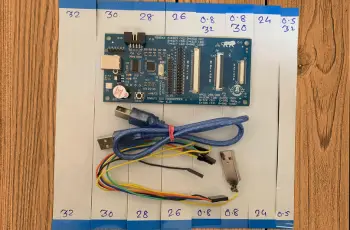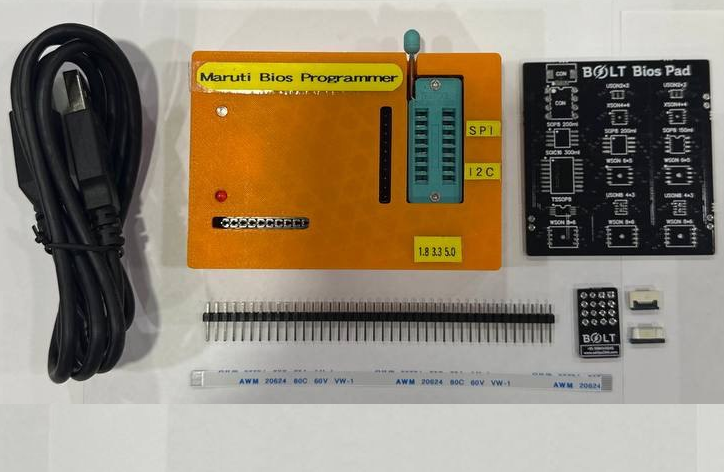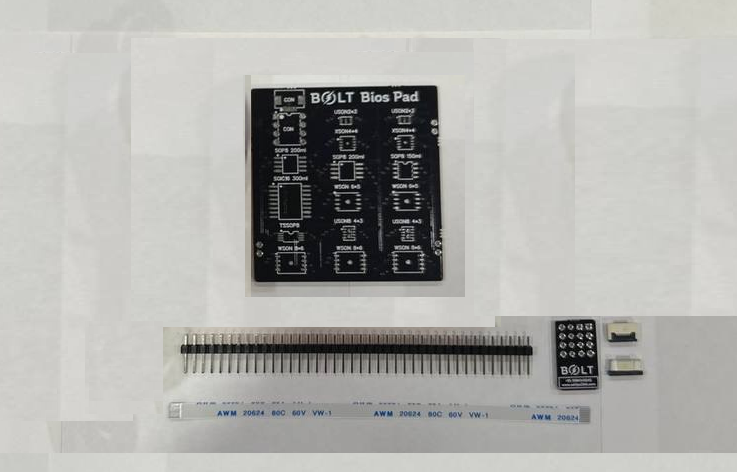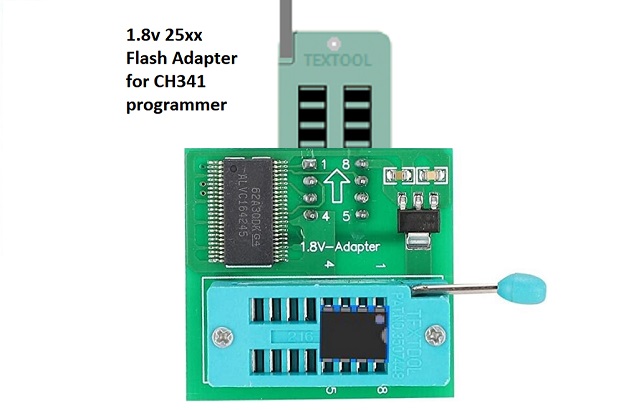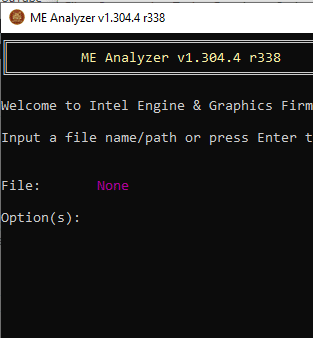Lbe Pro Download Free Use me clean database 1 to 18
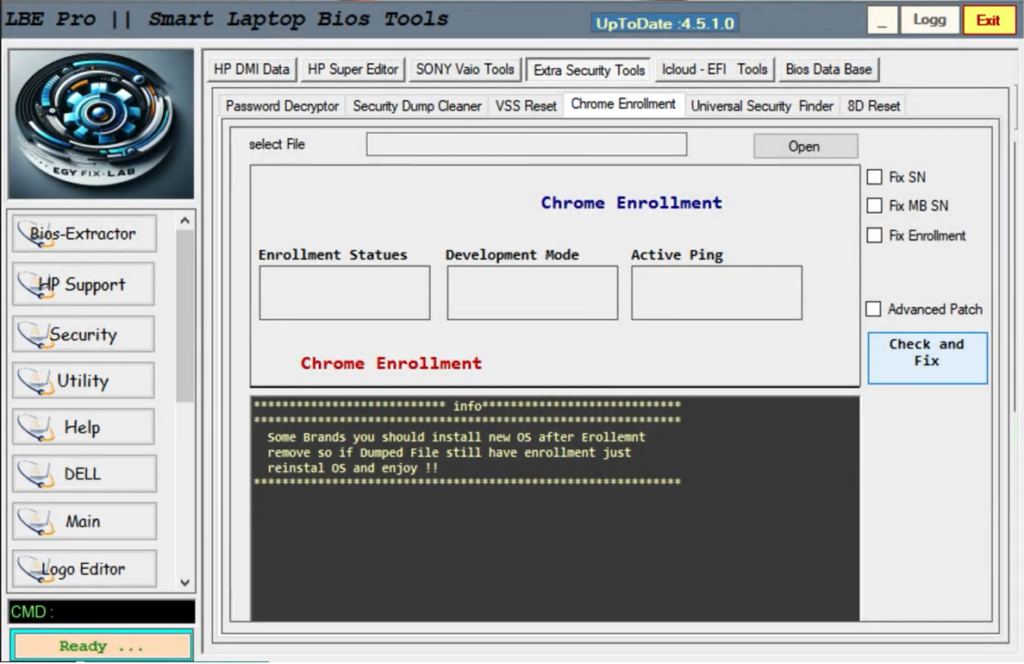
Using the Intel Management Engine Database for BIOS Editing with FIT and TXE Tools
When it comes to advanced BIOS editing and firmware customization, having access to the correct tools and databases is essential. Intel Management Engine (ME) plays a crucial role in the hardware interaction of Intel-based systems, providing low-level management capabilities. In this article, we will explore how to utilize the Intel Management Engine Database (ME Database), specifically focusing on the databases for ISHC, NPHY, PCHC, and PMCP for BIOS editing, along with Intel Flash Image Tool (FIT) and TXE ME Database for efficient firmware manipulation.
What is Intel Management Engine (ME)?
The Intel Management Engine (ME) is a microcontroller integrated into Intel chipsets that works independently of the host operating system. It enables low-level management and functionality, including power management, security features, and remote management.
Intel ME is a key component in enterprise environments, often responsible for monitoring the health of a system, handling updates, and providing administrative access even when the system is powered off. Its database includes multiple firmware and configuration files crucial for system operations. However, some systems may not require full ME functionality, or you may need to perform BIOS editing, which requires access to these firmware databases.
What Are the Different Intel ME Databases?
Intel ME’s functionality and firmware are housed in various databases and components. For BIOS editing, understanding and using specific databases is key to customizing the firmware. Some of the important databases include:
ISHC (Intel Smart Home Control): A database that helps manage power and system efficiency features for home or smaller enterprise environments.
NPHY (Network PHY): Controls the network interface, responsible for network connection management and performance, especially in embedded systems.
PCHC (Platform Controller Hub Control): Manages low-level operations on the platform controller hub, which is crucial for system stability and power management.
PMCP (Platform Management Control Protocol): A firmware database essential for handling system management tasks, such as system health monitoring, thermal management, and other low-level functions.
What is Intel Flash Image Tool (FIT)?
The Intel Flash Image Tool (FIT) is a powerful utility used to interact with Intel firmware images. FIT helps users configure and customize Intel firmware, including Intel ME. It can extract, edit, and rebuild Intel firmware images. This makes FIT an essential tool for BIOS and firmware developers or enthusiasts who want to tweak or update specific parts of the system’s firmware, including the Intel ME region.
FIT provides a convenient interface for working with ME firmware and related components. It is commonly used for creating customized firmware images with specific Intel ME settings.
Using the TXE ME Database for BIOS Editing
TXE, which stands for Intel Transactional Execution Engine, is a firmware component found in Intel chipsets. It’s typically part of the ME firmware but has specific configurations for transactional execution and can be crucial when handling critical firmware operations like BIOS editing.
With tools like TXE ME Database and FIT, users can modify system BIOS settings, change security configurations, and even update the firmware to meet their needs. Whether you’re working with NPHY, ISHC, or PMCP, the TXE ME Database can help you manipulate the BIOS region and customize firmware for specific hardware needs.
How to Use These Databases for BIOS Editing?
While some may face difficulty in running the software or using Intel ME fully, the good news is that the Intel ME Database (which includes firmware components for ME, TXE, ISHC, NPHY, PCHC, and PMCP) can still be used for cleaning and editing the BIOS. Here’s how you can do it:
Obtain Intel ME Database: You’ll need access to the Intel ME firmware database. This typically comes as a set of files (e.g.,
.binor.imgformats) that contain the necessary components for editing.Using FIT (Intel Flash Image Tool): Download and install the Intel Flash Image Tool. Once installed, FIT allows you to extract the BIOS image, which includes the Intel ME region. You can then edit specific parts, such as the Intel ME settings or the Transactional Execution Engine (TXE) database.
Extract the Firmware Image: With FIT, extract the existing firmware image from your system’s BIOS. This image will contain various regions, including the ME region.
Edit the ME Database: Using tools like FIT, you can edit specific components of the ME firmware. For example, you might want to disable certain Intel ME features, update security settings, or manipulate the PMCP or PCHC firmware.
Rebuild the Firmware: After making the necessary changes to the ME database or the firmware image, you can rebuild the image and re-flash it to the system using a BIOS flashing tool.
Why Use the Intel ME Database for BIOS Editing?
Using Intel’s ME database for BIOS editing is particularly useful when you want to tweak low-level system settings, optimize performance, or unlock features in Intel-based systems. While it’s not always necessary to fully run Intel ME, cleaning the database and working with its components can help you:
Improve System Stability: By customizing firmware settings, you can enhance system stability and performance.
Customize BIOS Features: Some advanced users may want to modify settings for specific hardware configurations or for performance tuning, and Intel ME provides access to various firmware areas.
Enable or Disable Specific Intel Features: For example, disabling Intel AMT (Active Management Technology) for security or removing unused ME components.
Conclusion
While some users may face challenges running full Intel ME functionality, accessing and using the Intel ME database with tools like FIT and TXE offers a way to customize firmware at a deeper level. With proper understanding and usage of tools such as FIT, you can clean, modify, and rebuild BIOS firmware, optimizing it for your needs and unlocking advanced functionality in Intel-based systems.
However, keep in mind that modifying BIOS and firmware can be risky, especially if you’re unfamiliar with these tools. Always proceed with caution and ensure that you have backups in case anything goes wrong.
LBE PRO SOFTWARE DATABASE DOWNLOAD
You Want Buy Our Products Contact Us On What's App or Telegram.
Contact us on whatsapp & Email
Whatsapp : +918347254592
Email : marutiitexperts@gmail.com
Website : www.marutiitexperts.com
Address: SF 45 / SF 46 ,2nd Floor, Bakrol Square, Besides Vaibhav Cinema, Bakrol Rd, Vallabh Vidyanagar, Anand, Gujarat 388120
- https://itfux24.com/

